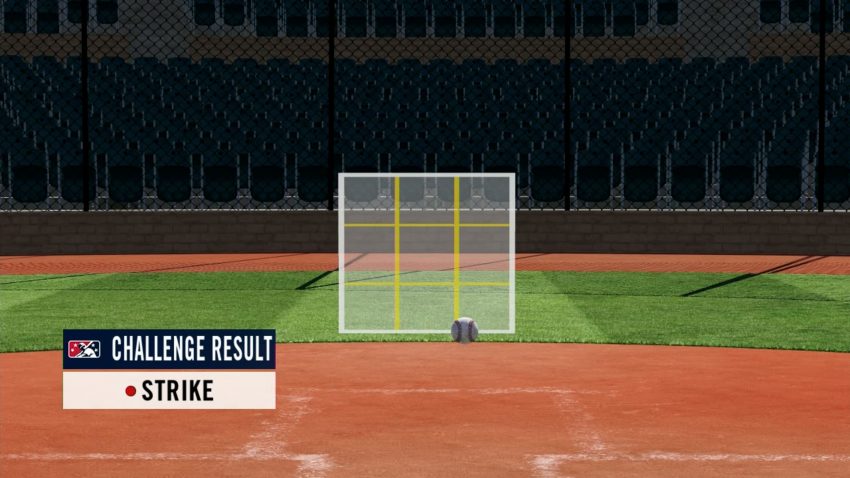As Major League Baseball gears up for the 2025 season, Commissioner Rob Manfred addressed the media during spring training in Arizona, touching on key developments for the league. Among the major topics was the continued globalization of baseball and the much-anticipated Tokyo Series between the Dodgers and Cubs. However, a significant focus of the discussion was MLB’s ongoing efforts to enhance the game through technology, particularly the expanded testing of the Automated Ball-Strike (ABS) challenge system.
ABS Challenge System Moves Forward
Building on the success of recent rule changes, MLB continues to explore innovations to improve the on-field experience for both players and fans. The ABS system, a form of automated strike zone technology, has been tested at various minor league levels. Based on feedback, MLB has opted for a hybrid approach rather than full automation, allowing players to challenge ball-strike calls rather than relying entirely on the technology.
How the ABS Challenge System Works
Under the current rules, each team is granted two challenges per game, which they retain if their challenges are successful. Only batters, pitchers, and catchers are allowed to issue challenges, which must be made immediately after a pitch is received. Challenges initiated from the dugout or by other players are prohibited, and delays in signaling a challenge can result in denial by the umpire.
When a player challenges a call, the umpire initiates a quick review using Hawkeye tracking technology. The reviewed pitch is then displayed on the stadium videoboard and broadcast if applicable. In 2024 Triple-A games, the process averaged just 17 seconds per review, and MLB expects further improvements in speed and accuracy. The strike zone dimensions are dynamically adjusted based on a player’s height, with official measurements being gathered for all players in big-league camp to ensure fairness.
Spring Training Implementation
Not all spring training venues are equipped with the necessary technology, but MLB has ensured that all teams will have some experience with ABS during the preseason. The challenge system will be tested in several Cactus and Grapefruit League ballparks, including:
Cactus League
- Surprise Stadium (Rangers/Royals)
- Peoria Sports Complex (Mariners/Padres)
- Camelback Ranch (Dodgers/White Sox)
- Goodyear Ballpark (Reds/Guardians)
- Salt River Fields (D-backs/Rockies)
Grapefruit League
- BayCare Ballpark (Phillies)
- George M. Steinbrenner Field (Yankees)
- Clover Park (Mets)
- Hammond Stadium (Twins)
- Roger Dean Chevrolet Stadium (Marlins/Cardinals)
- TD Ballpark (Blue Jays)
- LECOM Park (Pirates)
- Publix Field (Tigers)
The number of ABS-enabled games will vary by team, with some playing over 25 games using the system (the Diamondbacks will play the most at 29), while others, like the Cubs, will have fewer than 15 (only seven). Overall, more than 60% of 2025 spring training games will incorporate the ABS challenge system.
Future of ABS in MLB
Despite extensive testing in spring training, the ABS challenge system will not be implemented in the 2025 regular season. According to MLB executive vice president of baseball operations Morgan Sword, 2026 is the earliest possible season for a full-scale rollout, but even that remains uncertain. Instead, the system will be fully integrated at the Triple-A level in 2025, providing additional data to assess its viability.
With spring training serving as a critical test run, MLB will closely monitor player and fan reception to determine the next steps for ABS. If successful, it could mark another major shift in how the game is officiated, potentially improving accuracy while maintaining the human element of umpiring. Fans and players alike will be watching closely as MLB takes another step toward blending tradition with technology on the field.


